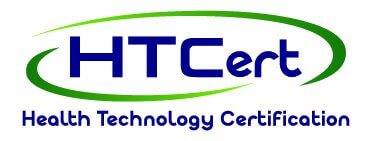The main steps to obtain CE-Mark are:
Confirm Medical Device Status and Class
-
decision whether or not a product is a medical device and by which of the European Medical Devices Directives it is covered
-
classification of the device(s) (I, IIa, IIb, III) based on their level of risks.
-
a CE mark will not be placed on a medical device if it is:
-
a custom-made device – although it must still meet the requirements in the directives and the type of device should be labelled clearly
-
undergoing a clinical investigation – it must include ‘exclusively for clinical investigation’ and meet the requirements as far as possible – you must take precautions to protect the health and safety of patients
-
Identify and Meet Essential Requirements
the device is required to be deemed acceptable in terms of:
-
appropriateness for intended use,
-
safety,
-
acceptable risk vs. benefit,
-
labelling and other device-specific elements
Create and Maintain Technical Documentation
the documentation demonstrating conformity shall include at least:
-
Product Description and Specifications
-
Manufacturing Information
-
Risk Management file
-
Design Verification and Validation Test reports
-
Preclinical and Clinical Evaluation
-
Labelling and instructions for use
-
Plan for “post-marketing surveillance”
Contact to Notified Body (if the product requires Notified Body assessment)
-
preliminary discussions and exchange of information (usually by filling out a questionnaire provided by the Notified Body)
-
confirmation of device classification by the Notified Body
-
choice of the certification route by the manufacturer
-
formal application and certification contract
-
submission of documents to the Notified Body
Identification of the appropriate Conformity Assessment Procedure
The classification of the medical device determines which assessment route a manufacturer may take for CE mark. The Class I non-sterile devices without measuring function do not require the involvement of a Notified Body. All other devices require certification by a Notified Body.
Depending on the class of the device, the directive states which procedures are possible, and the manufacturer chooses the best suited to his needs.
Conformity assessment services provided by HTCert include the following procedures:
-
Annex II – Full Quality Assurance System
-
Annex V – Production Quality Assurance
Regardless of the selected route, the assessment always includes
-
Assessment of the technical documentation
-
Assessment of the manufacturer’s quality system
CE Marking
-
Notified body
-
Decision about the certification
-
Issuance of the relevant certificate(s)
-
-
Manufacturer
-
Declaration of Conformity
-
Affix the CE marking with the four-digit number of the Notified Body on the product
-
This final step is the statement by which the manufacturer affirms that its device meets all essential requirements, has undergone the appropriate conformity assessment procedures and is designed, manufactured and tested in accordance with technical documentation.
